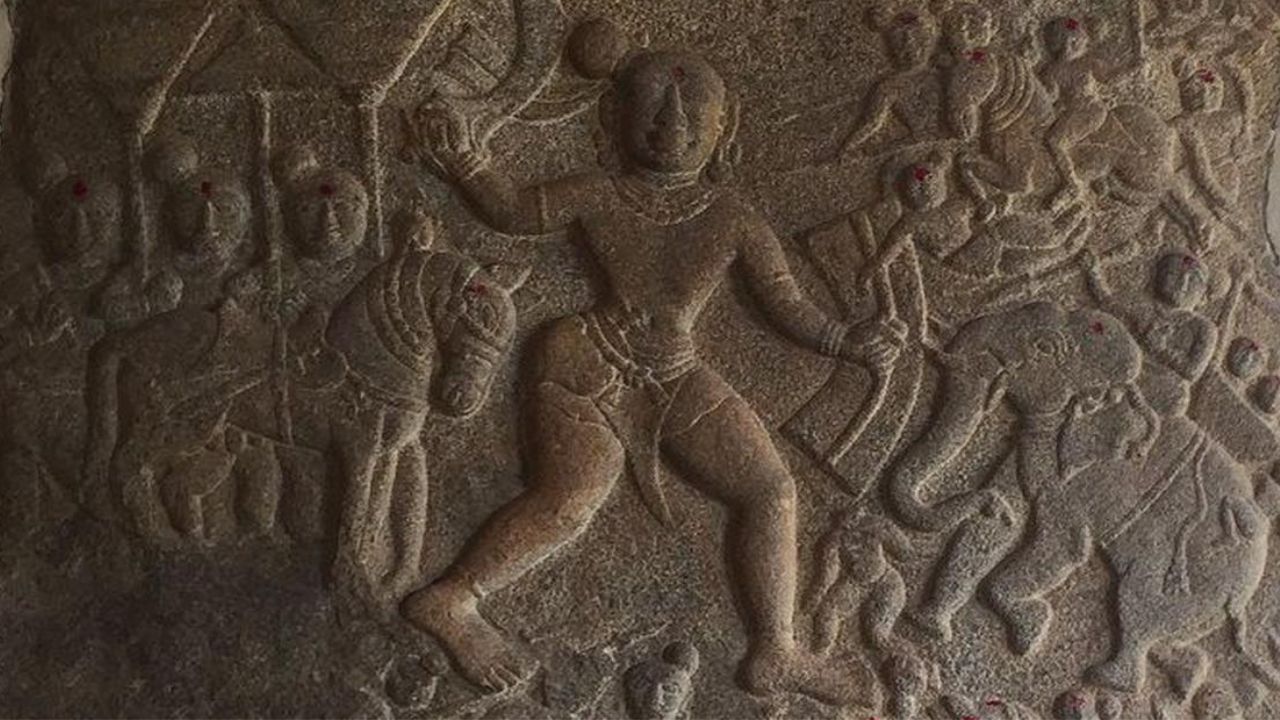
The ‘Don’t Watch’ List
Read More
Sanity Break #1
The trailer just dropped for ‘PIG’—a movie starring Nicholas Cage who plays “a truffle hunter living alone in the wilderness in Oregon. When his beloved foraging pig is kidnapped, he must journey into Portland – and his long-abandoned past – to recover her.” FYI: this is not a comedy but a “meditative thriller.” Of course you want to watch the trailer lol!

Headlines that matter
Check out this edition for the most important stories from around the world today!

Sanity Break #2
If you haven’t got your fill of ‘Friends’ nostalgia, here they are singing the famous Rembrandts’ theme song with James Corden.

Feel Good Place
Need an immediate pick-me-up? We have you covered! From hilarious animal clips to stuff that’ll make you go “lol why?!”, we have all you need to keep you sane on even your worst hair day.







